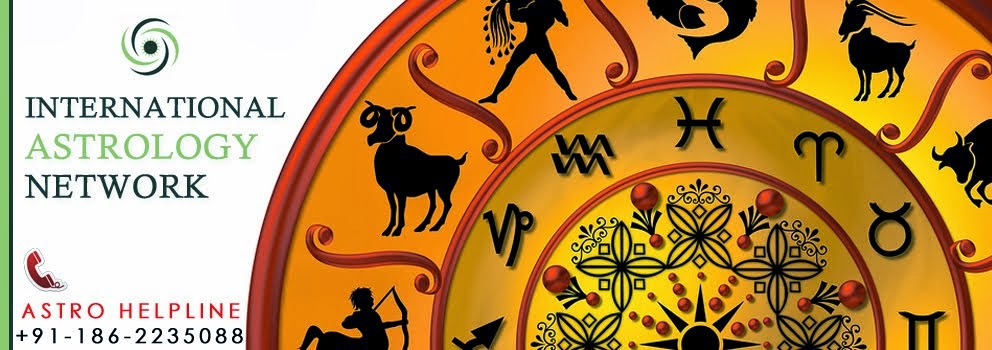Enjoy Meditation
Meditation is the natural process of withdrawing attention from environmental, physical, and mental processes and consciously directing it inward to a chosen focus of attention.
But not many people know how to practice meditation for personal benefit and spiritual growth.
The beneficial side-effects of regular meditation practice include stress reduction, strengthening of the body's immune system, more orderly thinking, improvement in powers of concentration, and a slowing of the biological ageing process.
For these reasons, meditation practice is recommended by an increasing number of doctors as a harmless way for patient-clients to be more responsible for their own total well-being.
The primary purpose of meditation practice, however, is to bring forth clear states of awareness that will make authentic spiritual growth easier to experience.
Cultivation of inner contentment prevents us from getting swept away by circumstances. Engaging in self- examination and self-discipline is important in order to clear away any of the psychological conflicts that might pose a problem.
Study of 'lower' or secular knowledge helps us function effectively in the world. Many get educated so that they can live more effectively.
But also important is the acquisition of higher knowledge or metaphysics to inquire about God, cosmic mind, manifestation of universes, our relationship with God — why are we here, and for what purpose? Then the formal practice of meditation begins.
First, decide to practice meditation for at least 30 minutes a day. Sit upright in a comfortable chair or assume a cross-legged posture on the floor.
Hold your head erect, with attention flowing into the area situated in the front region of the brain which is related to creativity, will-power, and discernment.
Next, inhale and exhale deeply once or twice to elicit physical relaxation. Remain still for a few minutes until you feel calmly poised.
If you have a devotional temperament, invoke the presence and blessings of God or your favorite deity or object of worship. If you have a guru, reverentially acknowledge him or her.
Make a conscious effort to be aware of your natural breathing rhythm. When inhalation occurs, mentally recite a chosen word or mantra such as God, peace, joy, or any other pleasant word that is agreeable to you.
When you exhale, feel happy and peaceful. Feel the sound of the mantra spontaneously emerging into your mind and awareness.
Continue this procedure without any anxiety about the results of practice. When a state of mental calmness is experienced, disregard your breathing, listening only to the mantra.
Eventually, allow even the mantra to fade away and rest in a state of mental peace and clarity of awareness for a while, until you feel inclined to conclude the session.
For optimum results, meditate once or twice a day. Do this for at least 30 days before trying to evaluate the results.
When you are proficient in the practice of meditation, you could extend the session by calmly contemplating the essence of your being — your true Self — and your relationship with the Infinite. Or you may just sit longer in that calm state until you feel fulfilled.
When engaged in daily activities and relationships, endeavor to maintain a state of mental calmness and Self-awareness.
Cultivate cheerfulness and optimism. Maintain your emotional balance. Adhere to wholesome routines of activity and rest.
Maintain a healthy lifestyle: choose a nutritious diet and exercise regularly. Let all of your thoughts, feelings, and actions be wholesome and constructive.
You will then be empowered to live enjoyably, effectively, and successfully.
